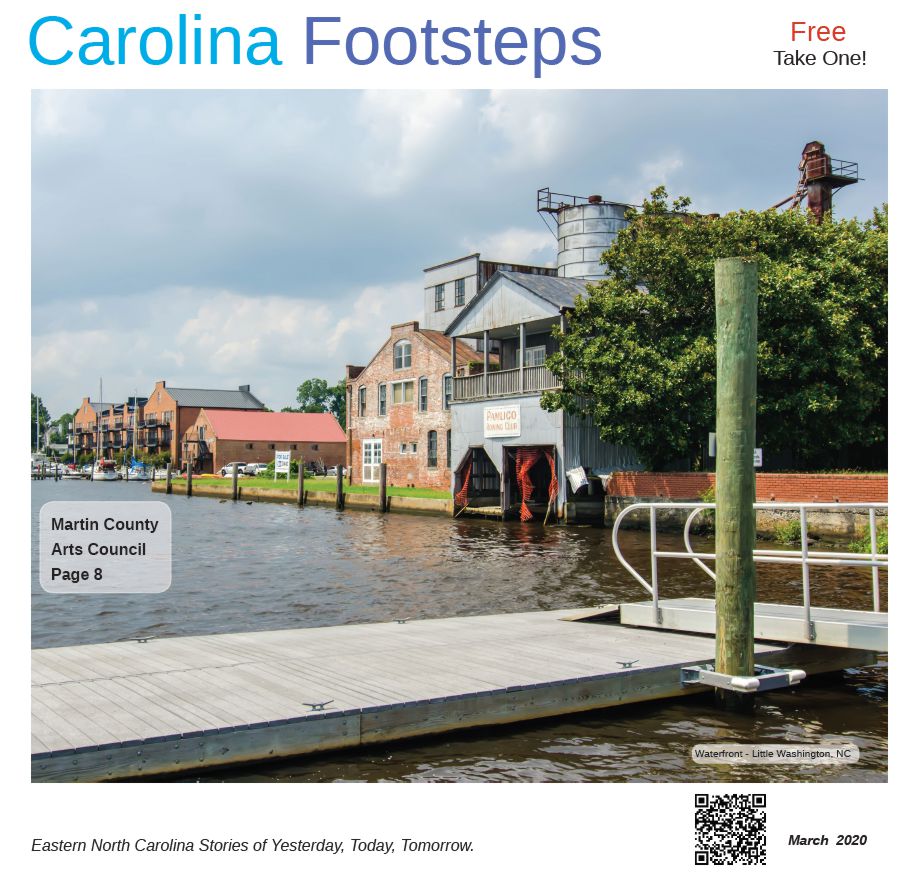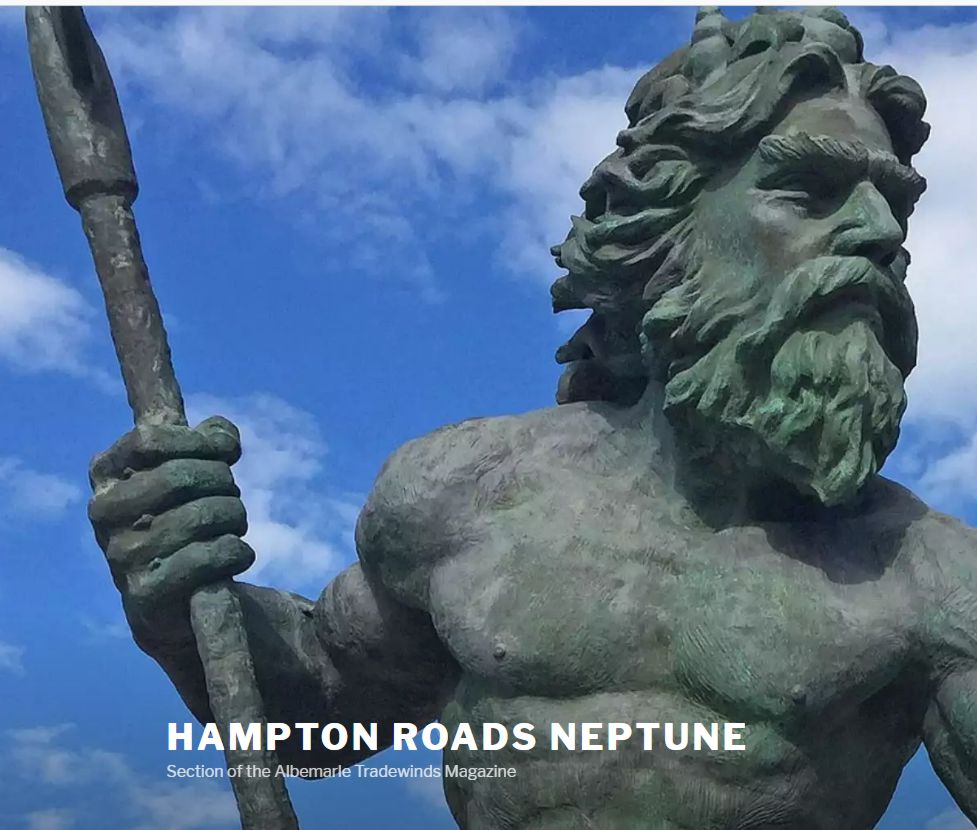Mounds generally are telling of the size or population of a Native society that existed during an early period in history. While an untold number of mounds across the United States, literally tens of thousands, were constructed long before colonialism, only about 500 Adena sites or mounds have been uncovered by archaeologists. These mounds were noted in Ohio, Vermont, New York, New Jersey, Pennsylvania, Maryland and West Virginia. Others have been written about, particularly in the Mississippi and Ohio regions. Mounds were constructed by American Indians to house the remains of the dead and contained shells, many artifacts and revealed burial practices. Some mounds still exist and are as large as a thousand feet in diameter and 65 feet high while the Serpent Mound in Ohio is over 1,300 feet long, 4 -5 feet high and 20 to 25 feet wide.
These mounds are reflective of a society having a large population and an exceptionally high level of political or social refinement. Accomplishing the construction of such a massive structure would not have been possible otherwise. Large mounds were also an indication of a sedentary society that had a sophisticated control of resources. All across America, these mounds existed.
The Chowanoke had a very large mound in one of their villages and was described in detail by Dr. Richard Dillard. While this was not the only mound that existed as several smaller mounds have been noted among the Chowanoke, this one apparently deserved a noteworthy description. Dr. Dillard wrote “One of the largest and most remarkable Indian mounds in Eastern North Carolina is located at Bandon on the Chowan, evidently the site of the ancient town of the Chowanokes which Grenville’s party visited in 1585 and was called Mavaton…..the mound extends along the riverbank five or six hundred yards, is sixty yards wide and five feet deep, covered with about one foot of sand and soil. It is composed almost exclusively of mussel shells taken from the river, pieces of pottery, ashes, arrowheads and human bones….”
Chowanoke History -- by Duvonya Chavis
 Reviewed by kensunm
on
7:00:00 PM
Rating:
Reviewed by kensunm
on
7:00:00 PM
Rating:
 Reviewed by kensunm
on
7:00:00 PM
Rating:
Reviewed by kensunm
on
7:00:00 PM
Rating:







No comments: